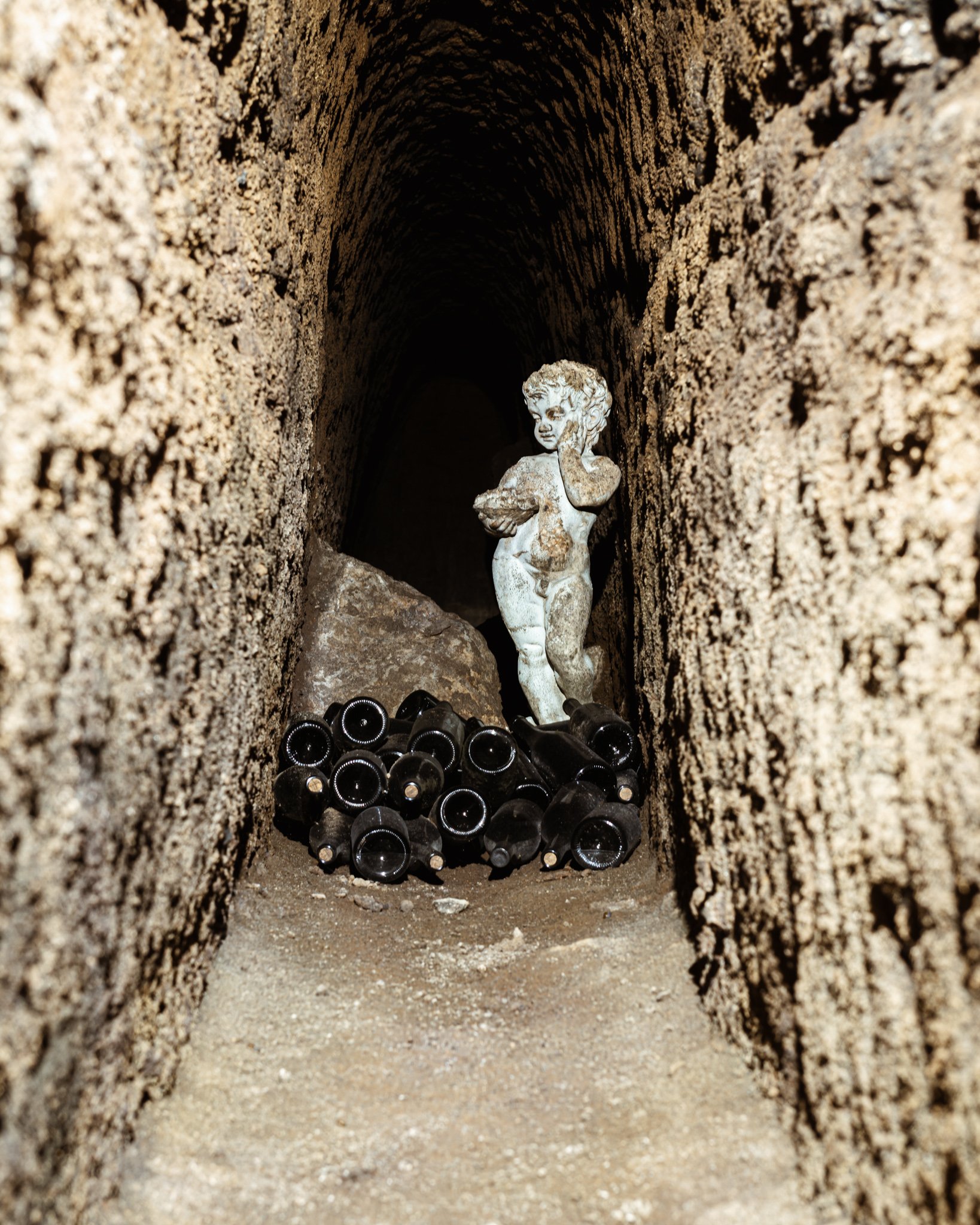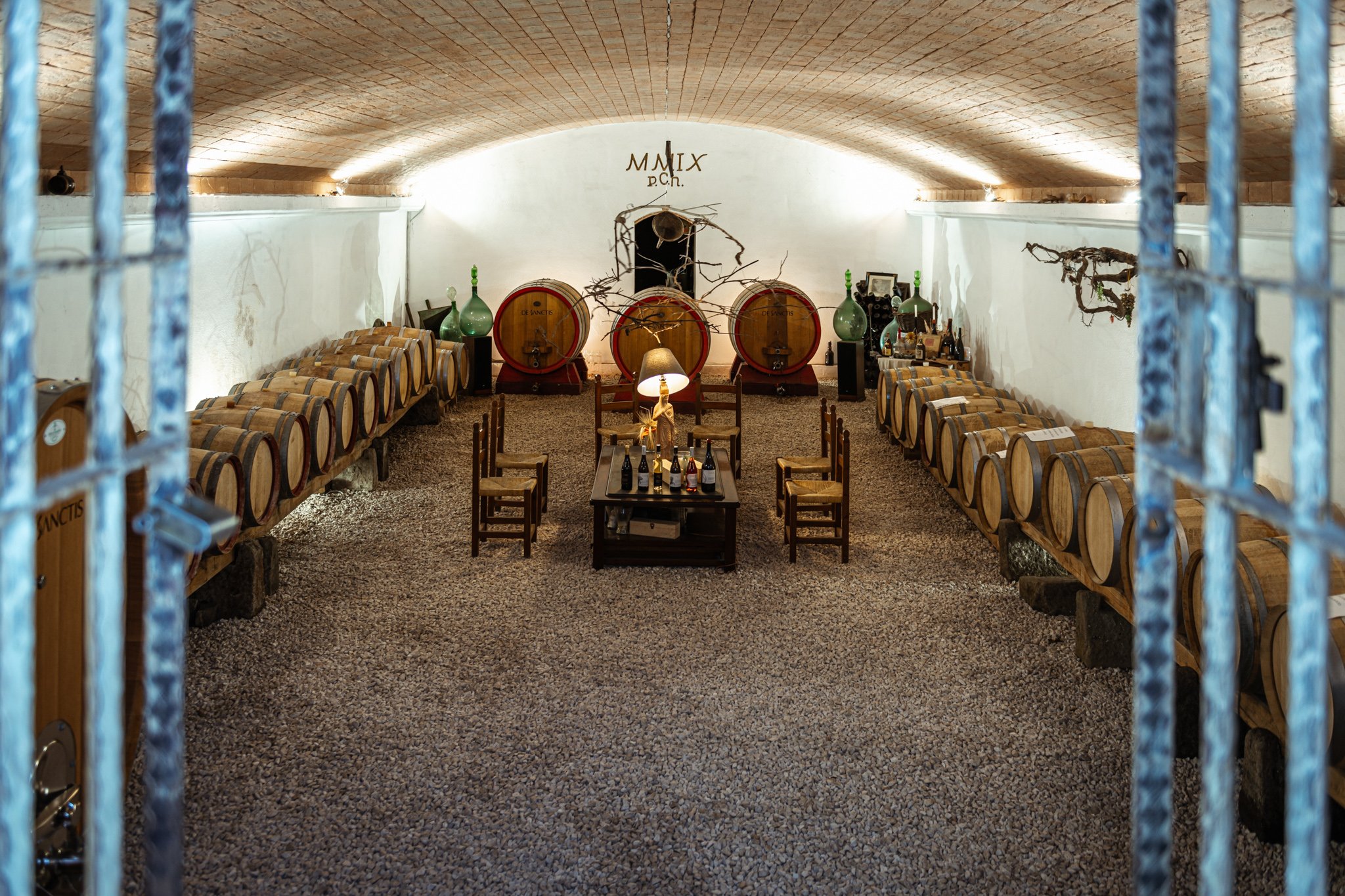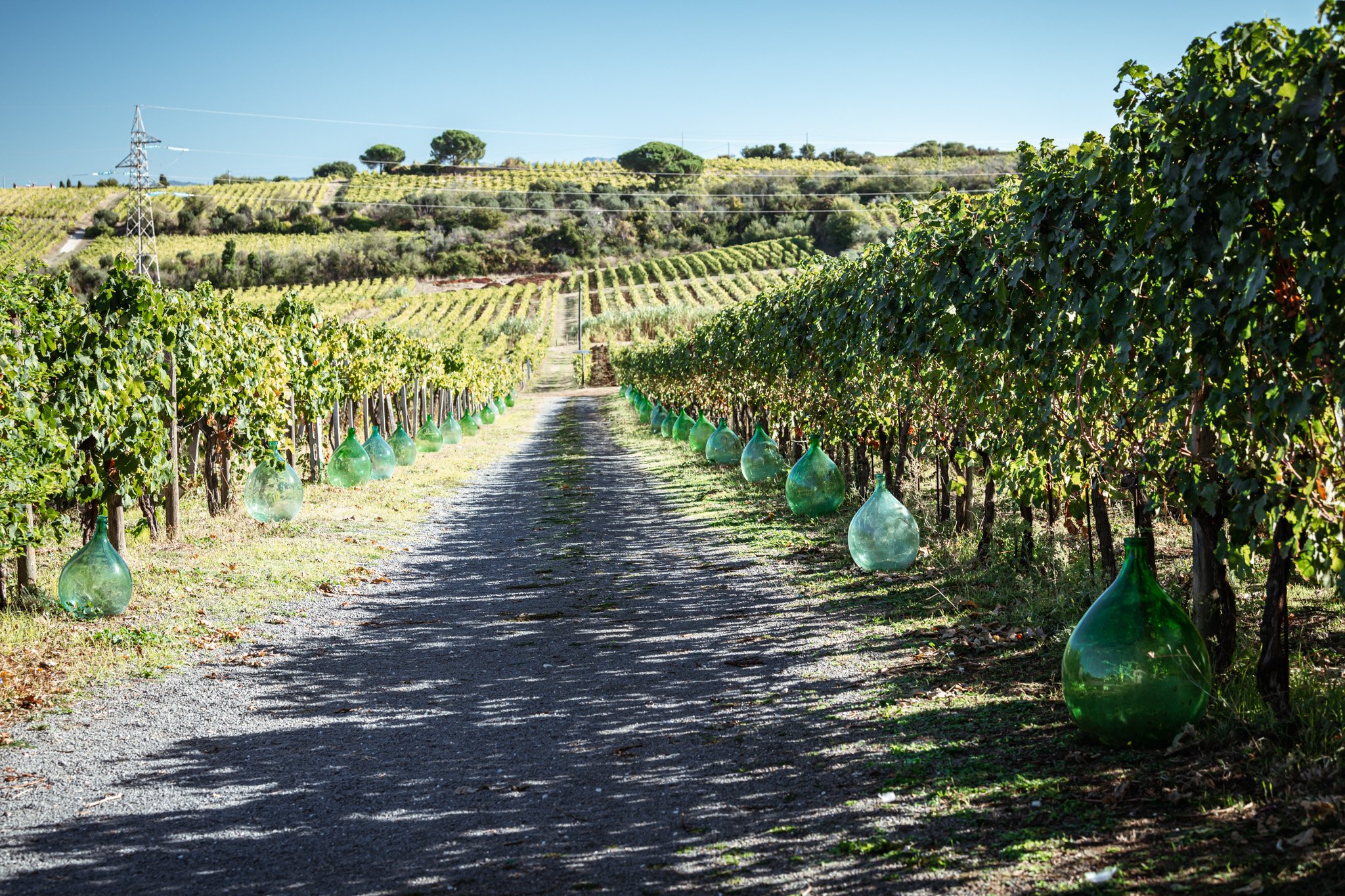De Sanctis
Who: Luigi and Francesco De Sanctis
Where: Frascati (Lazio)
What grapes: Malvasia Puntinata, Malvasia di Candia, Trebbiano
Key facts: This certified-organic family farm in the suburbs of Rome uses biomass to power its cellar and winery.
Website: https://www.frascati-wine.it/en-gb
Instagram: @desanctiswinery
De Sanctis “496 bio” Frascati Superiore DOCG
Viticulture: Certified organic
Soil type: volcanic.
Elevation: 200m above sea level
Grapes: 70% Malvasia di Candia, 30% Trebbiano Toscana
Method of fermentation: Fermentation in temperature-controlled stainless steel tanks. Minimal sulfur is added.
Ripe fruit aromas: tropical, and orchard fruit. The name is a reference to Castor and Pollux, legendary Romans who according to legend won a battle at this site in 496 BC.
De Sanctis “Abelos” Frascati Superiore DOCG
Viticulture: Certified Organic
Soil type: volcanic
Elevation: 200m above sea level
Grapes: 80% Malvasia Puntinata, 20% Bombino
Method of fermentation: 100% destemmed, fermented at low temperature in stainless steel tanks with native yeasts. Macerated on the skins for 10-12 hours to extract aromas. Fermentations last six days on average. Abelos spends on year in old barrel, to allow micro oxidation to occur.
Malvasia Puntinata yields small berries that contribute structure to wine. Abelos has lots of upfront grapefruit aroma.
De Sanctis is a 16-hectare farm just beyond the outer reaches of Rome, to the southeast. In a typical year, Luigi and his son Francesco produce 70,000 bottles of wine. Recent years have been atypical. Drought and excessive summer heat have reduced yield to an average of 60,000 bottles, a story familiar to farmers throughout Italy. Typically in this warm part of central Italy, harvest begins in mid September. Francesco De Sanctis is the oenologist, His family control every aspect of the production, unsurprising given their history on the property stretches back to 1816. Luigi De Sanctis is the viticulturist.
“Our goal is to show Frascati is not a simple wine,” Luigi stated. Two thousand years ago, the cellar where De Sanctis store Frascati barrels was a part of an aquifer system that delivered water from Lake Regillo (now dry) to the city of Rome. Luigi seems proud of their Slow Wine awards. The winery is recognized every year, which makes sense. Their use of geothermal energy/biomass to heat and cool the buildings on their property is enlightened, and uncommon.
I ws struck by the equilibrium in Luigi and Francesco’s wines. Tasted at cellar on a cool September evening, the bottles displayed various aspects of Frascati terroir, with a through line of balance.






